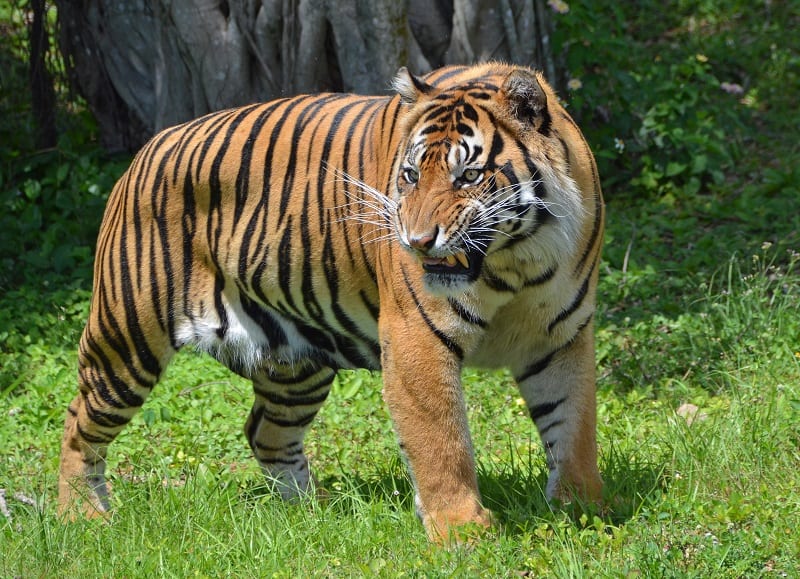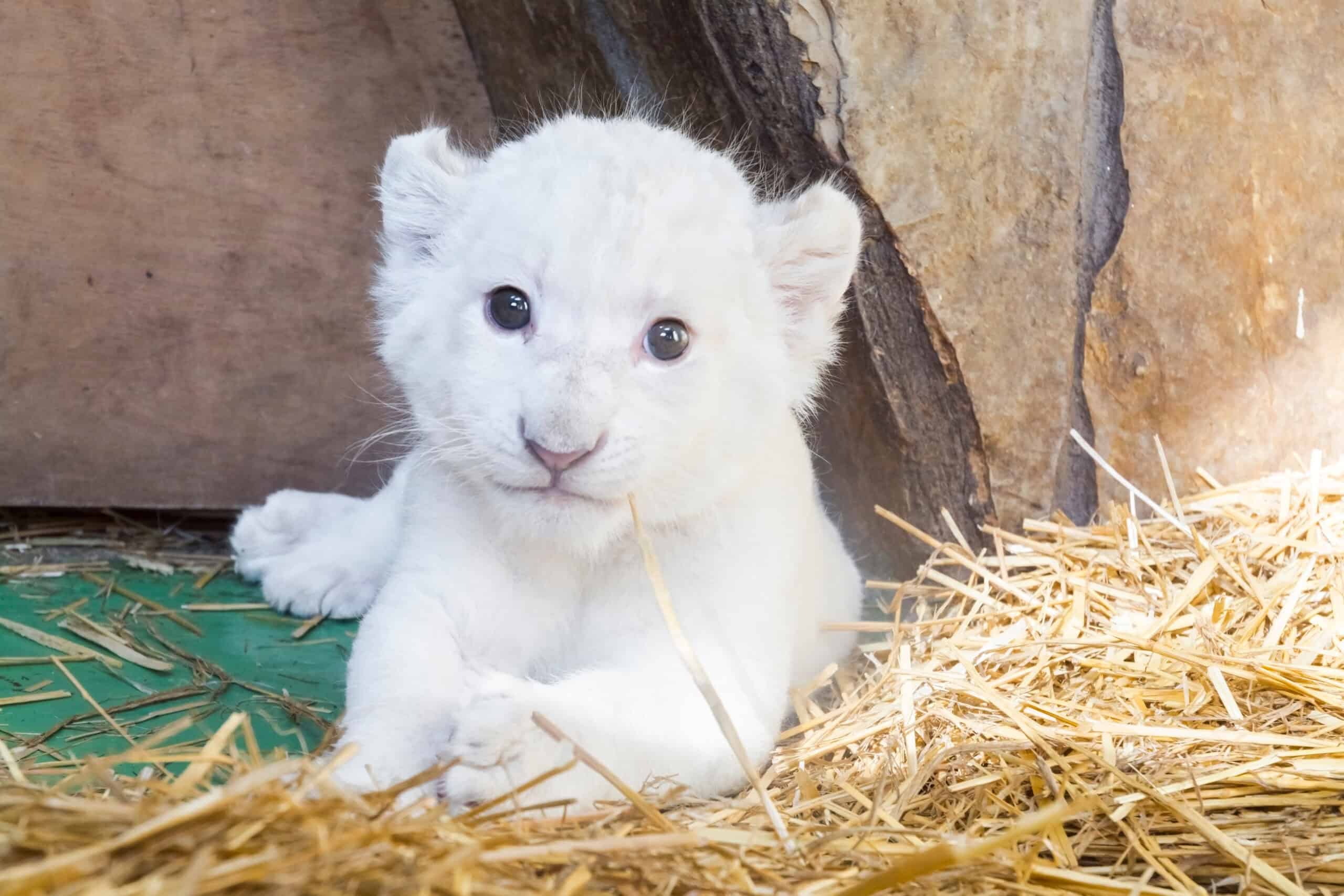The animal kingdom is full of fascinating creatures with extraordinary features that defy imagination. From the regenerating limbs of the axolotl to the luminous lure of the anglerfish, these unique animals showcase the incredible diversity and adaptability of life on Earth. Each species has evolved remarkable traits to survive and thrive in their specific environments, offering a glimpse into the wonders of nature. This list highlights some of the most unique animals, revealing the extraordinary characteristics that make them stand out.
Axolotl (Ambystoma mexicanum)
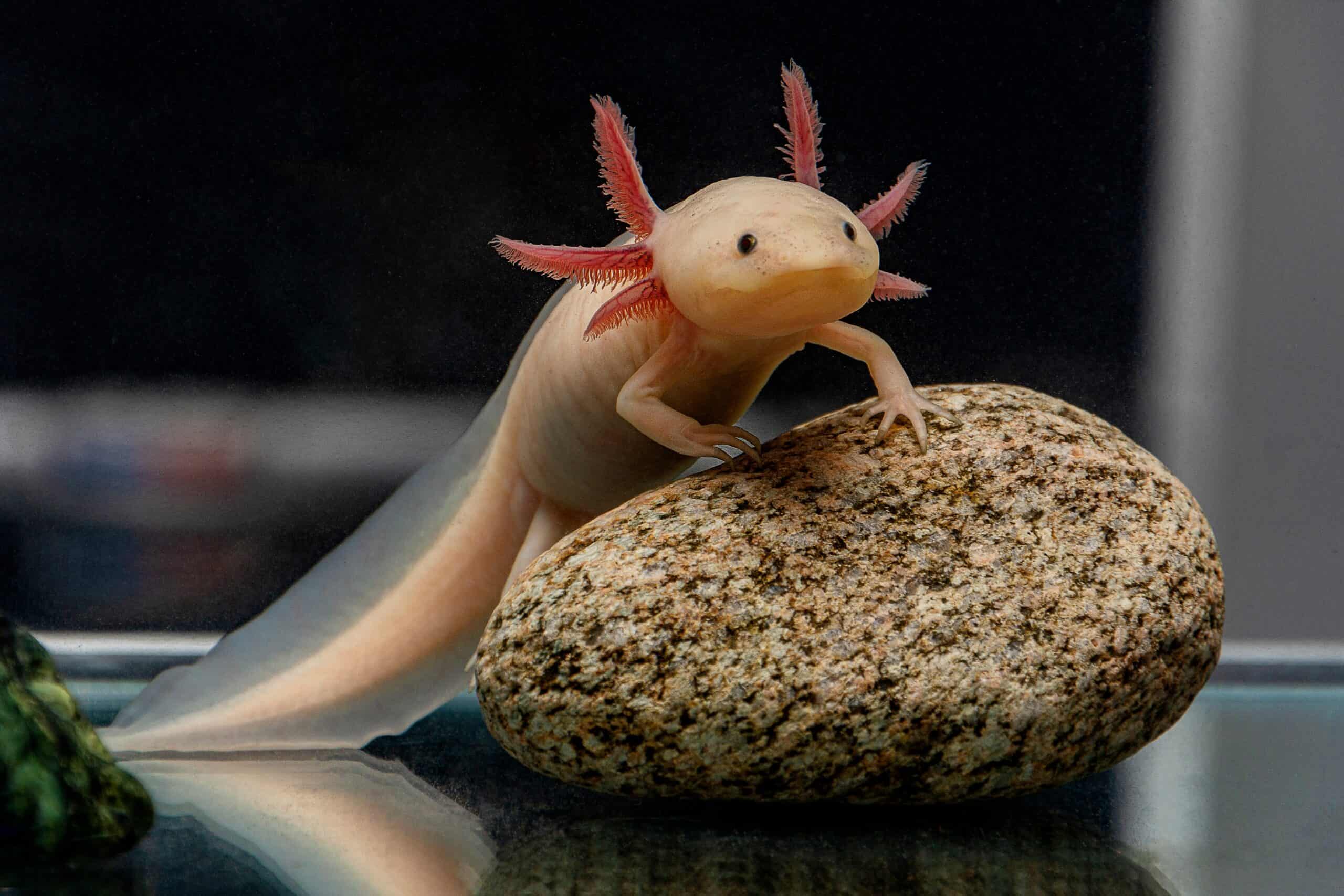
The axolotl, native to the lake complex of Xochimilco in Mexico, is known for its extraordinary ability to regenerate limbs. Unlike other amphibians, it retains its larval features throughout its life, including external gills and a dorsal fin. These aquatic creatures can regenerate not only limbs but also parts of their spinal cord, heart, and even portions of their brain. This unique regenerative capability has made the axolotl a subject of extensive scientific research. Sadly, they are critically endangered in the wild due to habitat loss and pollution.
Platypus (Ornithorhynchus anatinus)
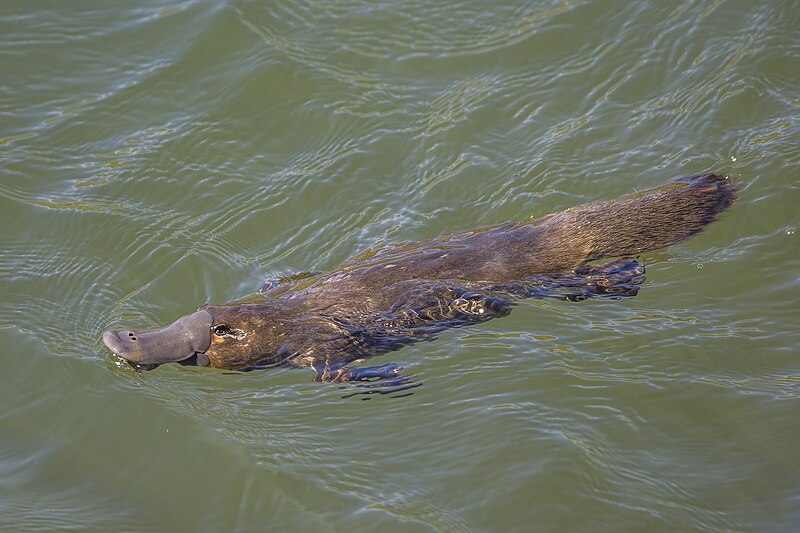
The platypus is one of the most unusual mammals, combining traits from birds, reptiles, and mammals. Found in eastern Australia, it lays eggs like a bird but nurses its young with milk. Males have venomous spurs on their hind legs, capable of delivering a painful sting. The platypus uses electroreception to locate prey underwater, a feature rare among mammals. Its distinctive bill, webbed feet, and flat tail make it easily recognizable.
Narwhal (Monodon monoceros)
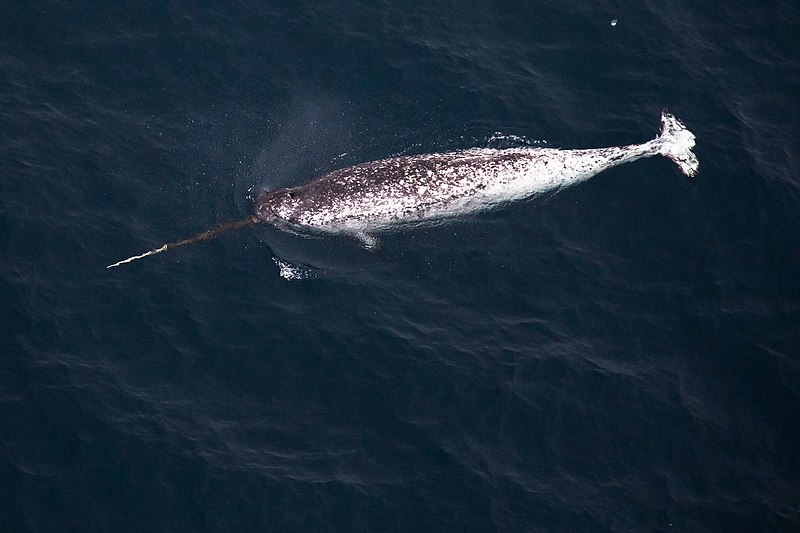
Narwhals, often referred to as the unicorns of the sea, possess a long, spiral tusk that can grow up to 10 feet long. This tusk is actually an elongated tooth and is believed to play a role in mating rituals and dominance displays. Native to Arctic waters, narwhals use echolocation to navigate and hunt in the deep, dark waters. Their tusk has sensory capabilities, detecting changes in the environment. Despite their mythical appearance, narwhals are real and increasingly vulnerable to climate change.
Pangolin (Pholidota)
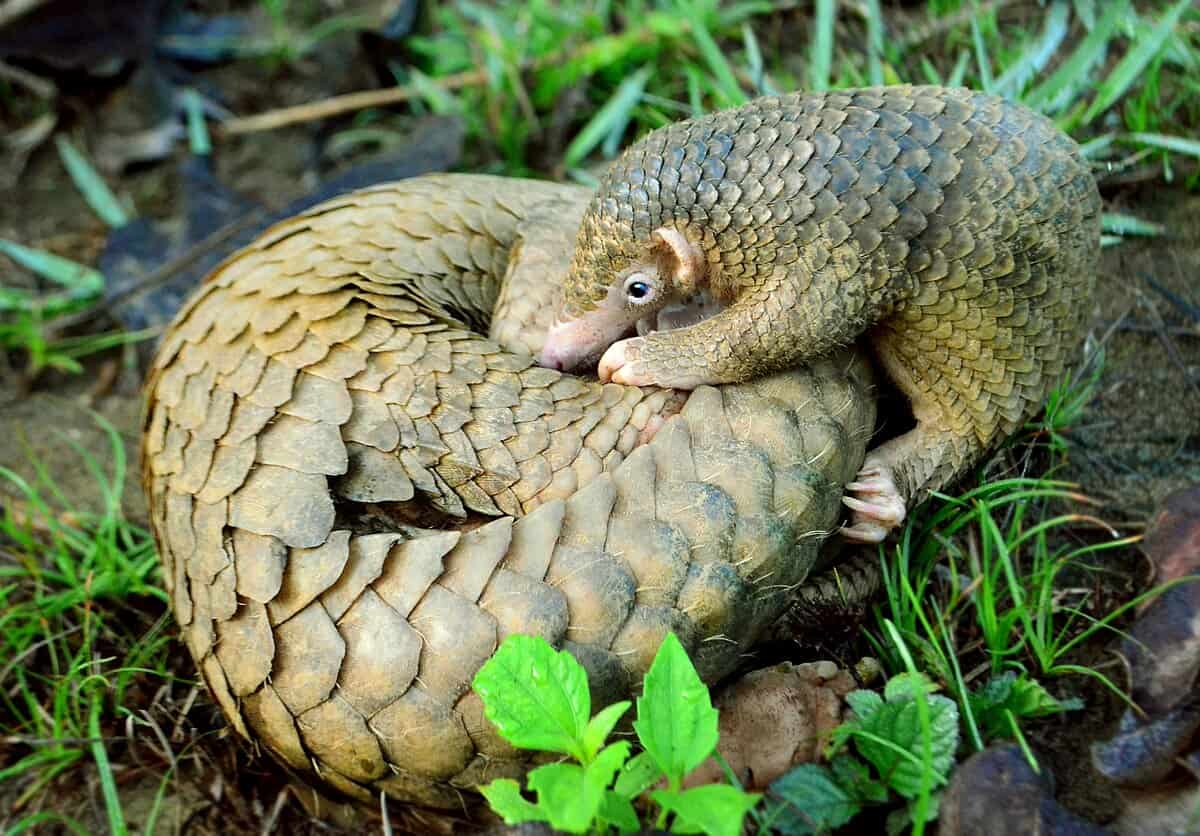
Pangolins are unique, scaly mammals found in Africa and Asia. Their protective keratin scales make them look like living pinecones. Pangolins roll into a tight ball when threatened, using their scales as armor. They have long, sticky tongues to capture ants and termites, their primary diet. Unfortunately, they are the most trafficked mammals in the world due to high demand for their scales and meat.
Mantis Shrimp (Stomatopoda)
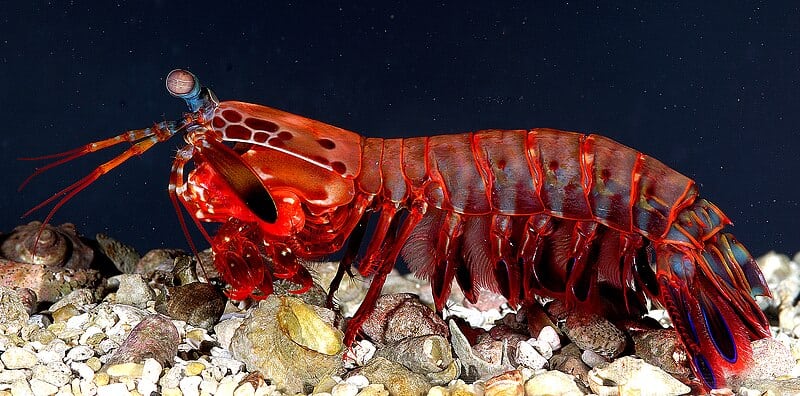
Mantis shrimp are known for their vibrant colors and powerful claws. These marine crustaceans have the fastest punch in the animal kingdom, capable of breaking glass aquariums and stunning prey. Their eyes are among the most complex, with trinocular vision and the ability to see polarized light and a wide spectrum of colors. Found in tropical and subtropical waters, mantis shrimp are fierce hunters. Their unique features have inspired advancements in materials science and optics.
Saiga Antelope (Saiga tatarica)

The saiga antelope, native to the Eurasian steppes, is easily recognized by its oversized, flexible nose. This unusual nose helps filter out dust and regulates their body temperature. Saigas migrate over long distances, facing harsh climates and predators. Their population has fluctuated dramatically due to disease and poaching for their horns. Conservation efforts are critical to prevent their extinction.
Leafy Sea Dragon (Phycodurus eques)
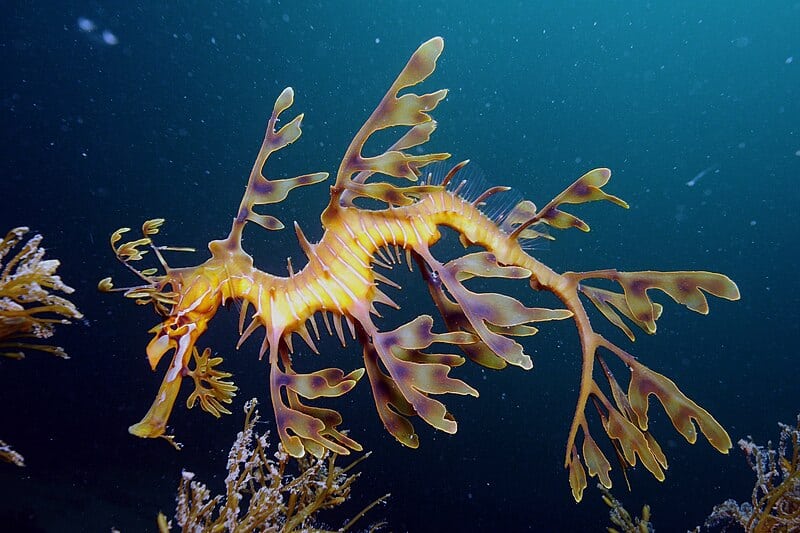
Leafy sea dragons, related to seahorses, are masters of camouflage with their leaf-like appendages. These marine creatures blend seamlessly with seaweed and kelp, avoiding predators. Native to the southern and western coasts of Australia, they are poor swimmers and rely on their mimicry for survival. Males carry eggs in a specialized brood patch until they hatch. Leafy sea dragons are a protected species due to their unique beauty and vulnerability.
Aye-Aye (Daubentonia madagascariensis)
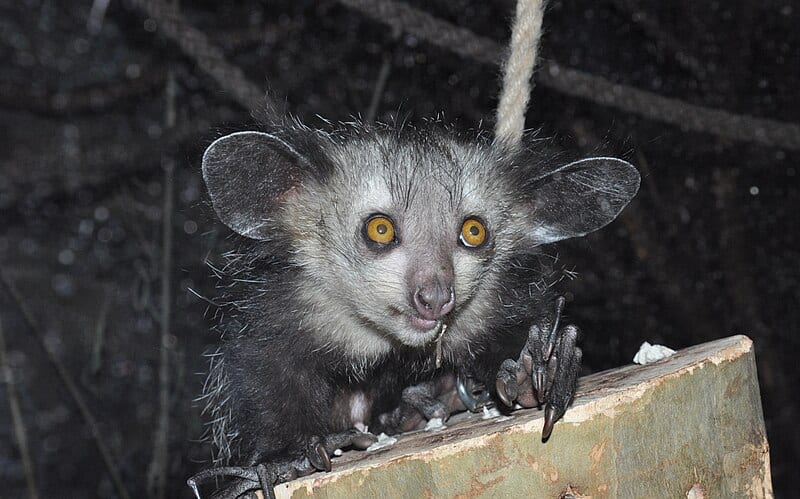
The aye-aye, found in Madagascar, has rodent-like teeth and a long, thin middle finger. This nocturnal primate taps on trees to locate insects and larvae, then uses its finger to extract them. Its unusual appearance has led to local superstitions, sometimes resulting in its killing. Aye-ayes are crucial for forest ecosystems as they help control insect populations. Conservation programs aim to protect their habitats and dispel myths.
Red-Lipped Batfish (Ogcocephalus darwini)
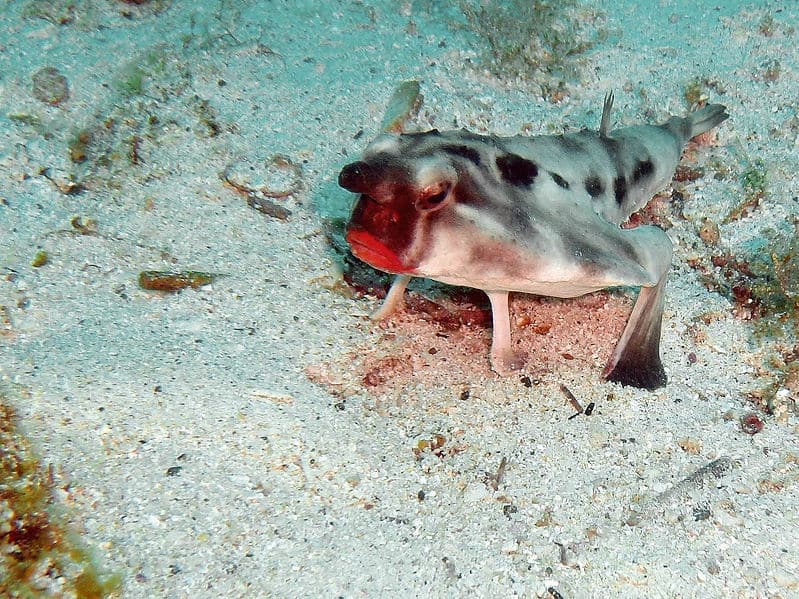
The red-lipped batfish, native to the Galápagos Islands, is known for its bright red lips and unique body shape. These bottom-dwellers use their pectoral fins to “walk” on the ocean floor. They possess a lure on their heads to attract prey, similar to anglerfish. Despite their odd appearance, red-lipped batfish are harmless to humans. Their striking features make them a fascinating subject for marine biologists.
Shoebill (Balaeniceps rex)
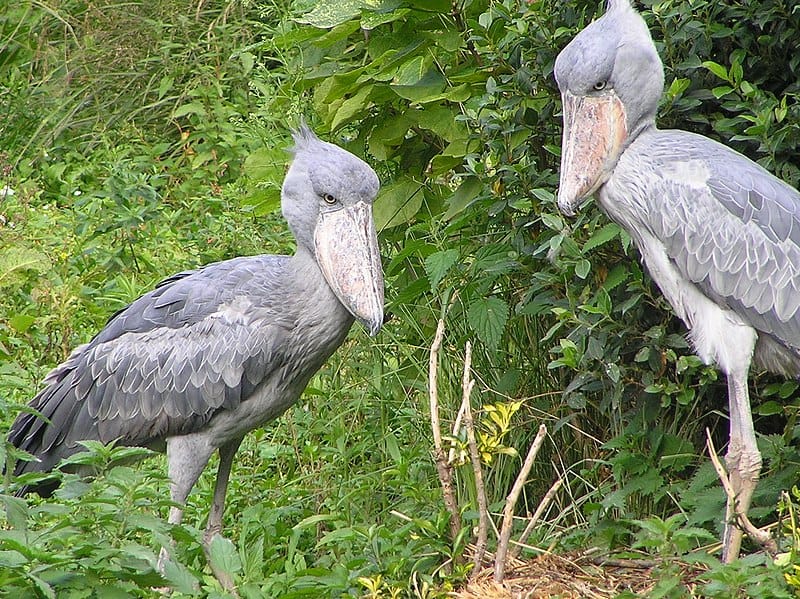
The shoebill, native to East Africa, is renowned for its massive, shoe-shaped bill. This large bird uses its bill to catch and eat large fish, including lungfish and eels. Shoebills are solitary and often remain motionless for long periods, waiting to ambush prey. Their prehistoric appearance has earned them the nickname “dinosaur bird.” Conservationists are working to protect their wetland habitats from destruction.
Okapi (Okapia johnstoni)
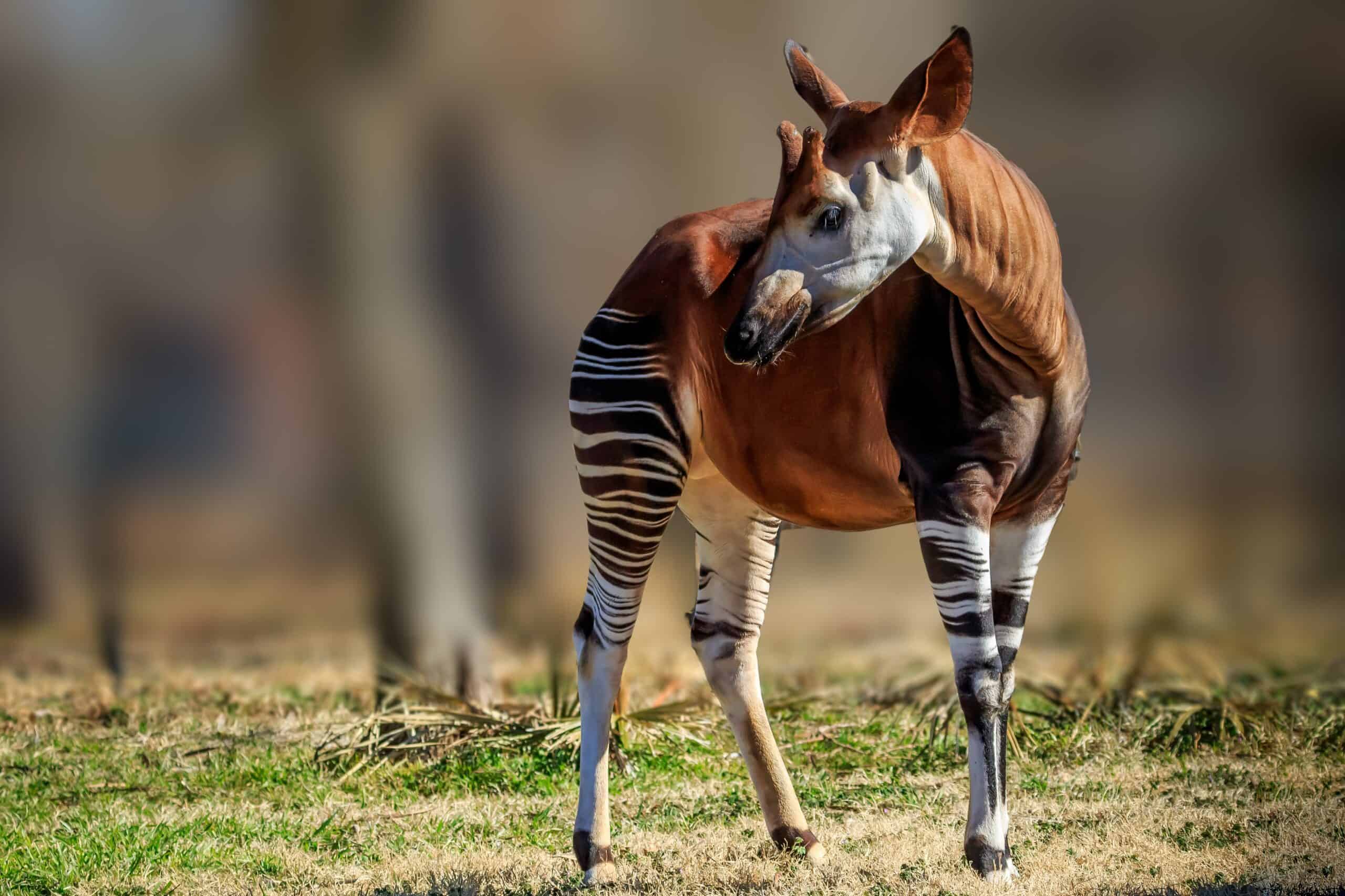
The okapi, found in the rainforests of the Democratic Republic of Congo, is a relative of the giraffe. Despite its zebra-like stripes, it is more closely related to giraffes, sharing a similar body shape and long tongue. Okapis are elusive and were only known to the Western world in the early 20th century. They use their long tongues to reach foliage and clean their eyes and ears. Habitat destruction and poaching threaten their populations.
Gharial (Gavialis gangeticus)
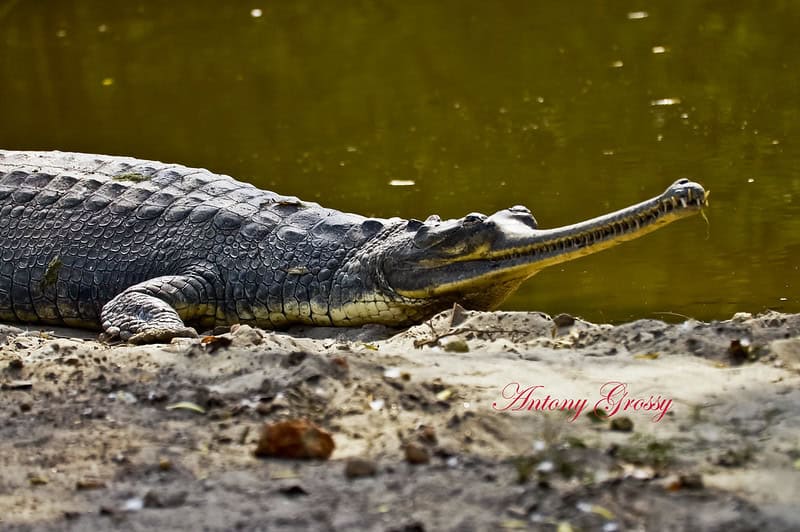
The gharial, native to the rivers of the Indian subcontinent, has a long, narrow snout filled with sharp teeth. This distinctive snout is adapted for catching fish, their primary diet. Gharials are among the longest crocodilians, with some individuals reaching up to 20 feet. Males have a bulbous growth on the tip of their snouts, called a ghara, which is used in vocalization and mating displays. Conservation efforts are underway to protect these critically endangered reptiles.
Sun Bear (Helarctos malayanus)
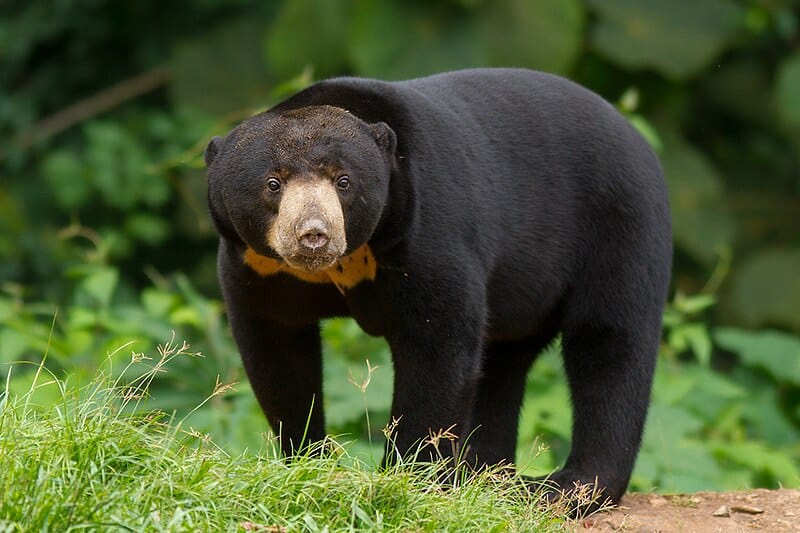
The sun bear, native to Southeast Asia, is the smallest of the bear species. It has a distinctive orange or cream-colored chest patch, which resembles the rising sun. Sun bears have long tongues to extract honey from beehives, earning them the nickname “honey bear.” Despite their small size, they are strong climbers and spend much of their time in trees. Habitat loss and poaching for their bile and body parts pose significant threats to their survival.
Anglerfish (Lophiiformes)
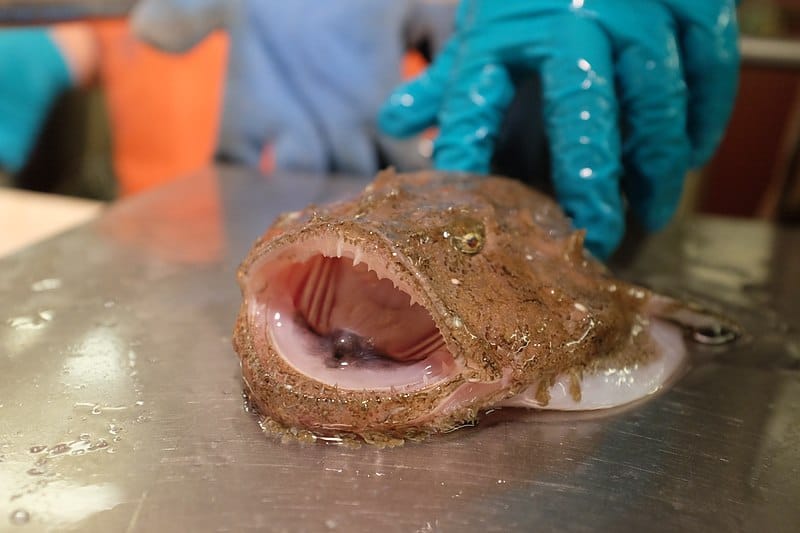
Anglerfish, found in deep ocean waters, are known for their bioluminescent lure. This lure, which dangles from their head, attracts prey in the dark depths. Female anglerfish are significantly larger than males, who often become parasitic and fuse with the females for reproduction. Their needle-like teeth and expandable stomachs allow them to consume prey nearly their own size. Anglerfish exemplify the extreme adaptations of deep-sea creatures.
Venezuelan Poodle Moth (Artace sp.)
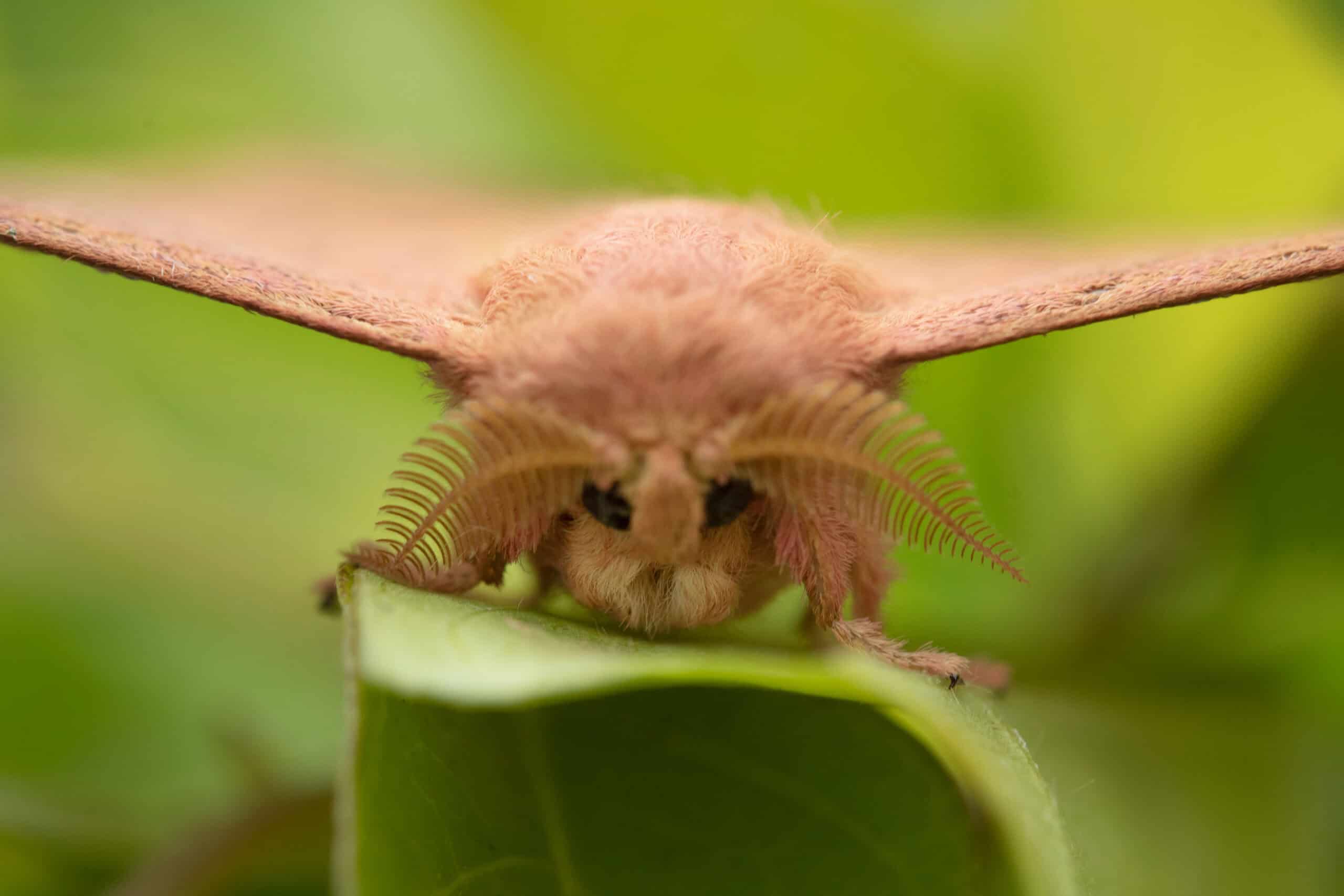
Discovered in Venezuela in 2009, the Venezuelan poodle moth is an insect with a fluffy, poodle-like appearance. Its white, fuzzy body and wings make it look more like a stuffed animal than a moth. Little is known about this species, but its unique appearance has captured the imagination of many. Scientists continue to study its habits and lifecycle. This moth highlights the incredible diversity of the insect world.
Glass Frog (Centrolenidae)
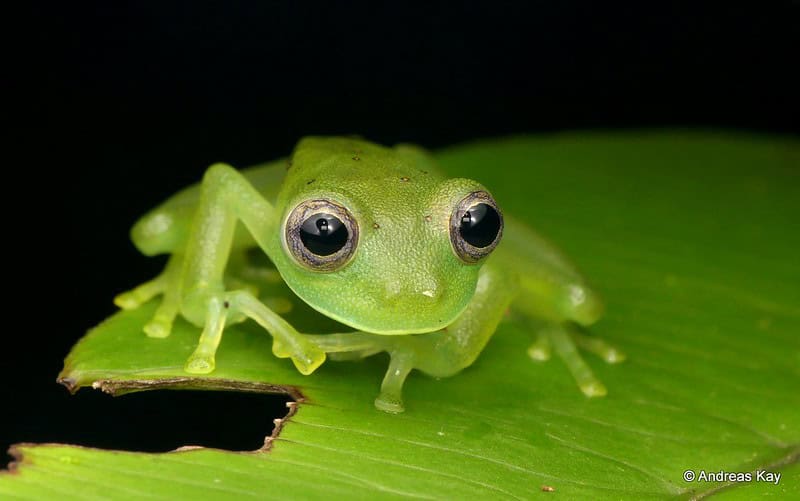
Glass frogs, native to Central and South America, have translucent skin that reveals their internal organs. This transparency provides camouflage by allowing them to blend with their surroundings. Their reproductive habits are unique, with males guarding the eggs until they hatch. Glass frogs are often found near streams and rivers, where they lay their eggs on leaves. Deforestation and habitat loss threaten their populations.
Kakapo (Strigops habroptilus)

The kakapo, or night parrot, is a flightless bird native to New Zealand. It is the heaviest parrot in the world and is known for its nocturnal habits and distinctive owl-like face. Kakapos have a unique mating system called lekking, where males compete for female attention through elaborate displays. Conservation efforts have been critical in preventing their extinction, as only a few individuals remain. Habitat destruction and introduced predators have decimated their numbers.
Fossa (Cryptoprocta ferox)
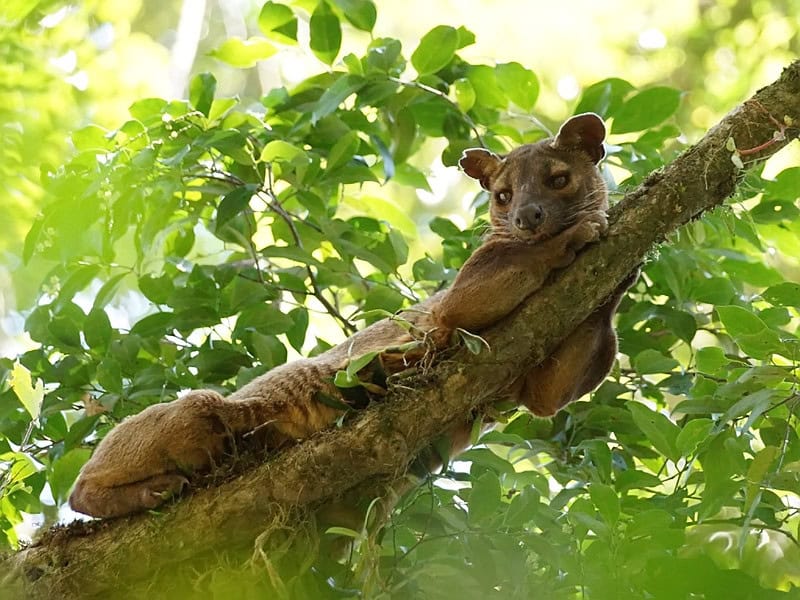
The fossa, native to Madagascar, is a carnivorous mammal that resembles a small cougar. It is the largest predator on the island, preying on lemurs and other small animals. Fossas have semi-retractable claws and flexible ankles, allowing them to climb trees with ease. Their social structure and mating habits are still not well understood. Deforestation and hunting threaten their survival.
Tardigrade (Tardigrada)
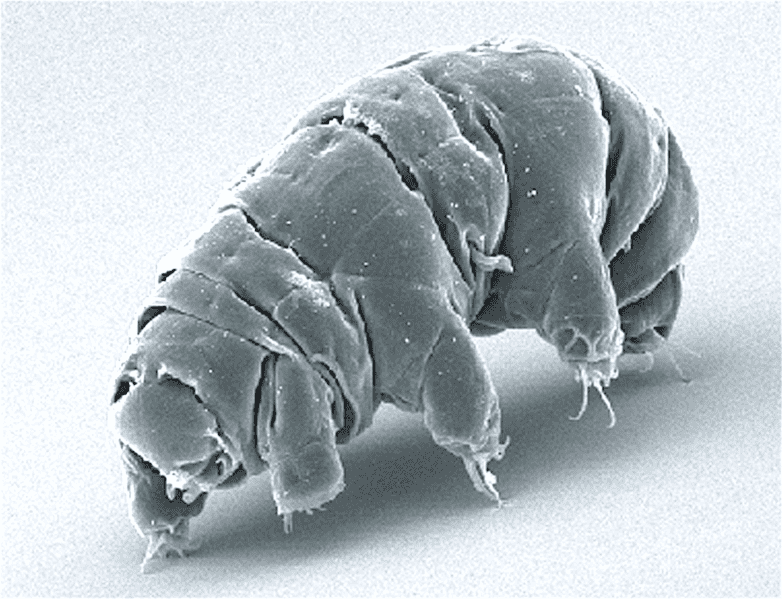
Tardigrades, also known as water bears, are microscopic creatures renowned for their resilience. They can survive extreme temperatures, radiation, dehydration, and even the vacuum of space. Tardigrades achieve this by entering a state called cryptobiosis, where they effectively shut down their metabolism. Found in various environments, from deep oceans to mountaintops, they are among the hardiest forms of life on Earth. Their remarkable survival skills continue to intrigue scientists.
Proboscis Monkey (Nasalis larvatus)
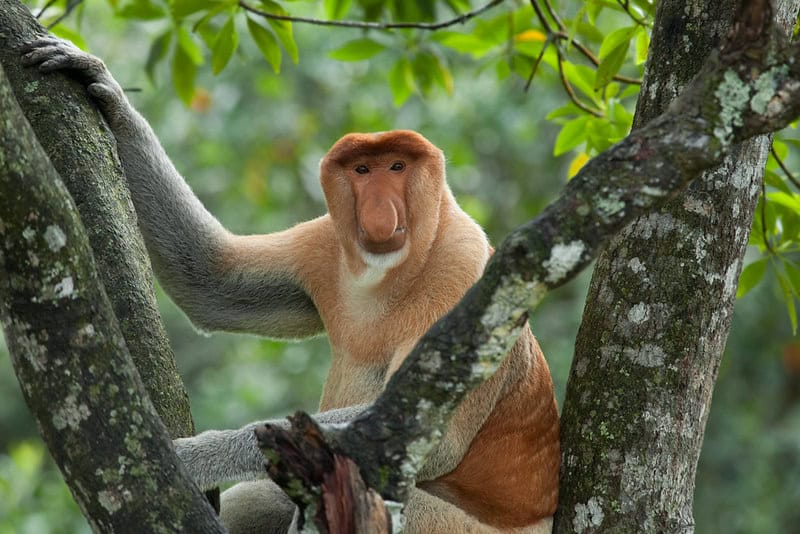
Proboscis monkeys, native to Borneo, are easily recognized by their large, pendulous noses. These noses are believed to amplify their vocalizations and attract mates. Proboscis monkeys are excellent swimmers, often leaping into rivers to escape predators. Their diet consists mainly of leaves, seeds, and unripe fruits. Deforestation and hunting for bushmeat have led to their status as endangered.
This article originally appeared on Rarest.org.
More From Rarest.Org
The animal kingdom is home to an astonishing variety of mammals, some of which are so rare that their existence is barely known to the world. These rare mammals, often living in remote and isolated habitats, face numerous threats that put their survival at risk. Read more.
Owning an exotic pet can be an extraordinary experience. These unique animals often come with high price tags and specific care requirements. From monkeys to parrots, here are some of the most expensive exotic pets you can own. Read more.
Coin collecting is a fascinating hobby that combines history, art, and the thrill of discovery. For beginners, diving into the world of numismatics can be both exciting and overwhelming. This article provides unique tips to help you start your coin collection with confidence and enjoy the journey every step of the way. Read more.

